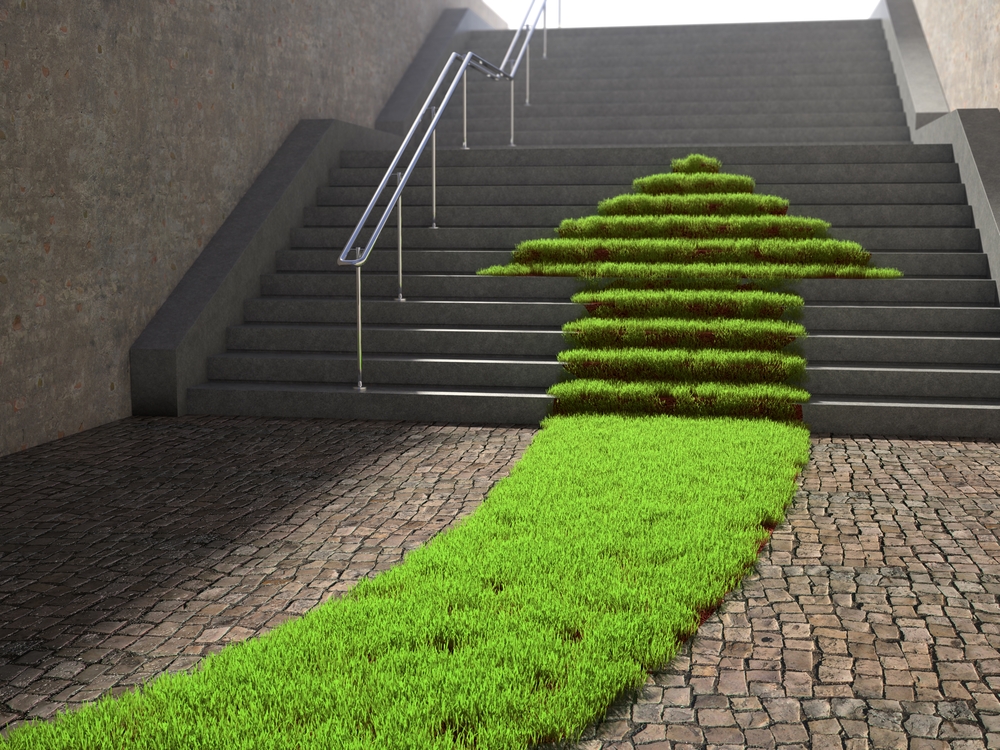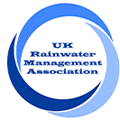Surface Water Management Solutions
 Surface Water Management Solutions using Sustainable Drainage Systems (SuDS) are a natural approach to managing drainage in and around properties and other developments. As well as helping to reduce the causes and impacts of flooding by holding back the water that runs off from a site, SuDS can also provide additional benefits such as removing pollutants from urban run-off and combining water management with green space that offers scope for recreation and wildlife.
Surface Water Management Solutions using Sustainable Drainage Systems (SuDS) are a natural approach to managing drainage in and around properties and other developments. As well as helping to reduce the causes and impacts of flooding by holding back the water that runs off from a site, SuDS can also provide additional benefits such as removing pollutants from urban run-off and combining water management with green space that offers scope for recreation and wildlife.
Rural Sustainable Drainage Systems (SuDS) are not a new concept, but they are not widespread in the rural environment and could present many opportunities for improving surface water management at the source. They are a collection of physical structures used to mimic natural processes. In rural environments, it is an approach for managing the detrimental impact of rainfall on fields where surface water run-off is a major threat to the flora, fauna, and chemical status of our surface waters.
A successful SUDS scheme will deliver many community benefits, enhancing the quality of life of people living there, increasing biodiversity whilst reducing the risk to residents and their homes from flooding, and providing greater resistance to the impacts of climate change.
There are many different SUDS features available to suit the constraints of a site. These features include green roofs, and more natural features such as ponds, wetlands, and shallow ditches called swales. Hard engineered elements are often used in high-density, commercial and industrial developments. These include permeable paving, canals, treatment canals, attenuation storage, and soakaways.
Rainwater Harvesting (RWH) has also been combined to good effect within sustainable urban drainage systems as part of wider stormwater control and attenuation schemes. RWH systems capture rainwater or surface water at the source which can help reduce the volume of flow of rainwater into our drains and sewers thus reducing the pressure on drainage systems in times of high flow and contribute to reducing the risk of flooding and pollution events. RWH systems can be designed for both water reuse and attenuation functions and can be integrated as part of SuDS.
The benefits of providing additional surface water management solutions such as storage for stormwater control such as SuDS are recognised in BS EN 16941-1:2018 and, therefore, consideration should be given to the potential effects of an integrated approach. For many years Stormsaver has worked with agencies such as Defra, The Environment Agency, local authorities, and water companies to promote a “joined-up” approach to SuDS, where retention in the natural environment goes hand in hand with flood risk management and water reuse to ensure a sustainable, water-secure future.
Stormsaver provides active attenuation which combines attenuation and RWH and more information can be found at https://www.stormsaver.com/products-attenuation-stormwater-attenuation-product-range/active-attenuation. This innovation can complement any SuDS scheme, and when used as part of a wider water management strategy, can provide future-proofed developments for the next generations.
Tomorrow we will summarise our series on why it is crucial to act now on water conservation. We have looked at the problem and some of the solutions and our final blog will help you work together with Stormsaver, to take the next steps and make a real difference.
Links:
Ricardo_Independent-review-of-costs-and-benefits-of-RWH-and-GWR-Final-Report.pdf
Sustainable Drainage_Sustainable Drainage_Information_-.pdf
6.%20DCLG-sustainable-drainage-systems.pdf
03-EA-Rural-SuDS.pdf






